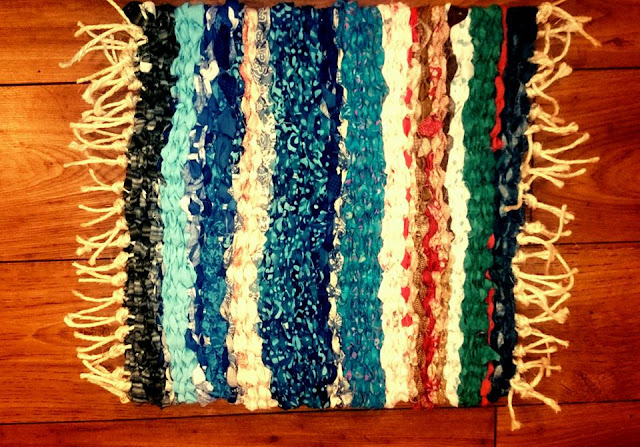Hand Weaving seems to be a dying art as near perfect shawls and rugs are readily available in the market. When I heard about a peg loom making course in Scariff Community Centre, I had no idea what it would be. A check on the internet revealed that peg looms can be commercially-made or hand made.
So I left Cormac, the teacher a message, letting him know that I was interested in making a peg loom.
6 ladies including myself turned up for the class. Woodwork is something new to me but I enjoyed it thoroughly - the sawing and the drilling. The first piece of wood was so soft it started breaking up. So, midway Cormac suggested that I abandoned that and start all over again with a new piece of wood. Every little stick was hand made as well.
The history of peg loom weaving is unclear but I remember doing rag rugs as a child and this seems to be something that would be similar. The larger the peg loom, the greater the versatility. Research has shown that weaving slows down the pulse rate as well as blood pressure. Therapeutic indeed.
The basic terms are warp and weft. Warp refers to the up and down threads on which the weave is created on a peg loom. Weft refers to the side to side weaving strands. Peg loom weaving is essentially tapestry weaving.
My first project was a rag rug and I am quite pleased with it. I'll certainly go on and experiment with different types of yarn and such.
The web of our life is of a mingled yarn.
All's well that Ends well - William Shakespeare.



























